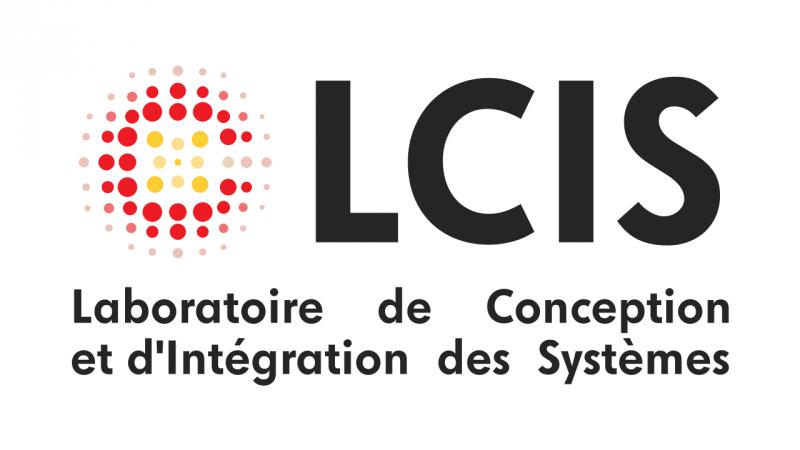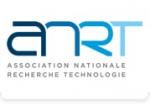Evaluation and Hardening of Embedded AI Modules for Safety and Security in Critical Systems
| ABG-134234 | Thesis topic | |
| 2025-11-06 | Public funding alone (i.e. government, region, European, international organization research grant) |

- Computer science
- Electronics
Topic description
The growing integration of Artificial Intelligence (AI) modules into safety-critical embedded systems (autonomous vehicles, drones, industrial and medical devices) raises major safety and security concerns. These modules, often based on deep neural networks, are sensitive to both accidental faults and intentional attacks [1]-[5] that can alter their decisions. Ensuring their robustness under real-world conditions is therefore essential for trustworthy deployment. Current approaches mainly focus on software-level adversarial robustness or high-level fault tolerance. However, few methodologies jointly consider physical disturbances, embedded constraints, and AI decision integrity in critical systems.
This PhD aims to develop a unified methodology for evaluating and improving the robustness of embedded AI modules against various real-world and physical disturbances, encompassing both safety-related faults and security-related attacks. The work will: (1) Identify, model, and reproduce representative perturbations that may cause abnormal or unsafe behavior. (2) Evaluate their effects on performance, safety, and security metrics. (3) Propose and validate mitigation and hardening techniques at the model, system, and learning levels.
The targeted application will concern multi-sensors based systems for autonomous vehicles embedding AI perception or decision modules. The experiments will rely on embedded platforms available at LCIS, including electromagnetic fault injection benches. The methodology will address both safety-related disturbances (accidental faults) and security-related threats (intentional perturbations), highlighting the differences between them in embedded AI systems.
Approach and Methodology
1. Definition of robustness metrics combining accuracy, integrity, latency, and safety.
2. Formalization of realistic fault and attack scenarios at different system levels and integration (real-world, sensors, preprocessing chain, AI module).
3. Implementation and validation of representative fault and attack scenarios, using a combination of simulation and physical experimentation on embedded platforms, to evaluate the robustness of AI modules and the effectiveness of the proposed hardening techniques.
4. Cross-layer analysis of robustness techniques, evaluating interactions and complemen-tarities between mitigation methods for different classes of disturbances (to avoid con-flicting protections or redundant efforts).
5. Design and validation of new efficient countermeasures across system levels, develop-ing and experimentally assessing strategies under embedded constraints.
Expected Outcomes
• A methodology for robustness and fault-injection evaluation of embedded AI modules.
• Experimentally validated hardening strategies improving both safety and security.
• A benchmark and reproducible framework to support future studies for improving cross-layer robustness techniques.
• Design recommendations for safe and secure integration of AI in critical embedded systems.
References
[1] M. Dumont, K. Hector, P.-A. Moellic, J.-M. Dutertre, et S. Pontié, « Evaluation of Parameter-based Attacks against Embedded Neural Networks with Laser Injection », International Conference on Computer Safety, Reliability, and Security (2023), doi: 10.48550/ARXIV.2304.12876.
[2] V. Moskalenko, V. Kharchenko, et S. Semenov, « Model and Method for Providing Resilience to Resource-Constrained AI-System », Sensors, vol. 24, no 18, p. 5951, janv. 2024, doi: 10.3390/s24185951.
[3] A. Bosio, P. Bernardi, A. Ruospo and E. Sanchez, "A Reliability Analysis of a Deep Neural Network," 2019 IEEE Latin American Test Symposium (LATS), Santiago, Chile, 2019, pp. 1-6, doi: 10.1109/LATW.2019.8704548.
[4] P. Rech, "Artificial Neural Networks for Space and Safety-Critical Applications: Reliability Issues and Potential Solutions," in IEEE Transactions on Nuclear Science, vol. 71, no. 4, pp. 377-404, April 2024, doi: 10.1109/TNS.2024.3349956.
[5] S. Burel, A. Evans and L. Anghel, "Zero-Overhead Protection for CNN Weights," 2021 IEEE International Symposium on Defect and Fault Tolerance in VLSI and Nanotechnology Systems (DFT), Athens, Greece, 2021, pp. 1-6, doi: 10.1109/DFT52944.2021.9568363.
Starting date
Funding category
Funding further details
Presentation of host institution and host laboratory
The LCIS is a multidisciplinary laboratory that brings together the main areas of expertise required to address the field of embedded and communicating systems: computer science, electronics, and control engineering. Its research focuses on the study of interconnected hardware/software systems interacting with their physical environment. The LCIS develops new methods, models, and tools for the design and integration of such systems, from components to applications. The research also incorporates sustainability objectives, with particular attention to eco-design and frugal design approaches. In this context, special attention is given during recruitment to candidates whose research activities align with these orientations.
Website :
PhD title
Country where you obtained your PhD
Institution awarding doctoral degree
Graduate school
Candidate's profile
PhD Student Profile:
• Master's in Embedded Systems
• Master's in Computer Science
• Master's in Microelectronics
• Master's in Cybersecurity
• Master’s in AI
Skills:
• Computer Architecture
• ML-based AI
• Prototyping and Simulation of Digital Systems
Vous avez déjà un compte ?
Nouvel utilisateur ?
Get ABG’s monthly newsletters including news, job offers, grants & fellowships and a selection of relevant events…
Discover our members
 TotalEnergies
TotalEnergies  Institut Sup'biotech de Paris
Institut Sup'biotech de Paris  Aérocentre, Pôle d'excellence régional
Aérocentre, Pôle d'excellence régional  SUEZ
SUEZ  Nokia Bell Labs France
Nokia Bell Labs France  Laboratoire National de Métrologie et d'Essais - LNE
Laboratoire National de Métrologie et d'Essais - LNE  CESI
CESI  ADEME
ADEME  ANRT
ANRT  Tecknowmetrix
Tecknowmetrix  Groupe AFNOR - Association française de normalisation
Groupe AFNOR - Association française de normalisation  MabDesign
MabDesign  ASNR - Autorité de sûreté nucléaire et de radioprotection - Siège
ASNR - Autorité de sûreté nucléaire et de radioprotection - Siège  Servier
Servier  ONERA - The French Aerospace Lab
ONERA - The French Aerospace Lab  Ifremer
Ifremer  CASDEN
CASDEN  MabDesign
MabDesign  PhDOOC
PhDOOC  Généthon
Généthon
-
JobRef. 134689, Nouvelle Aquitaine , FranceUGIEL
Ingénieur de Recherche Matériaux (H/F) - CDI
Scientific expertises :Chemistry - Materials science
Experience level :Junior
-
Thesis topicRef. 134820Varennes, CanadaDaniel Guay
Électrolyse de l'eau : performances et dégradation des électrolyseurs membranaires en conditions dynamiques d'opération
Scientific expertises :Energy - Chemistry - Materials science

